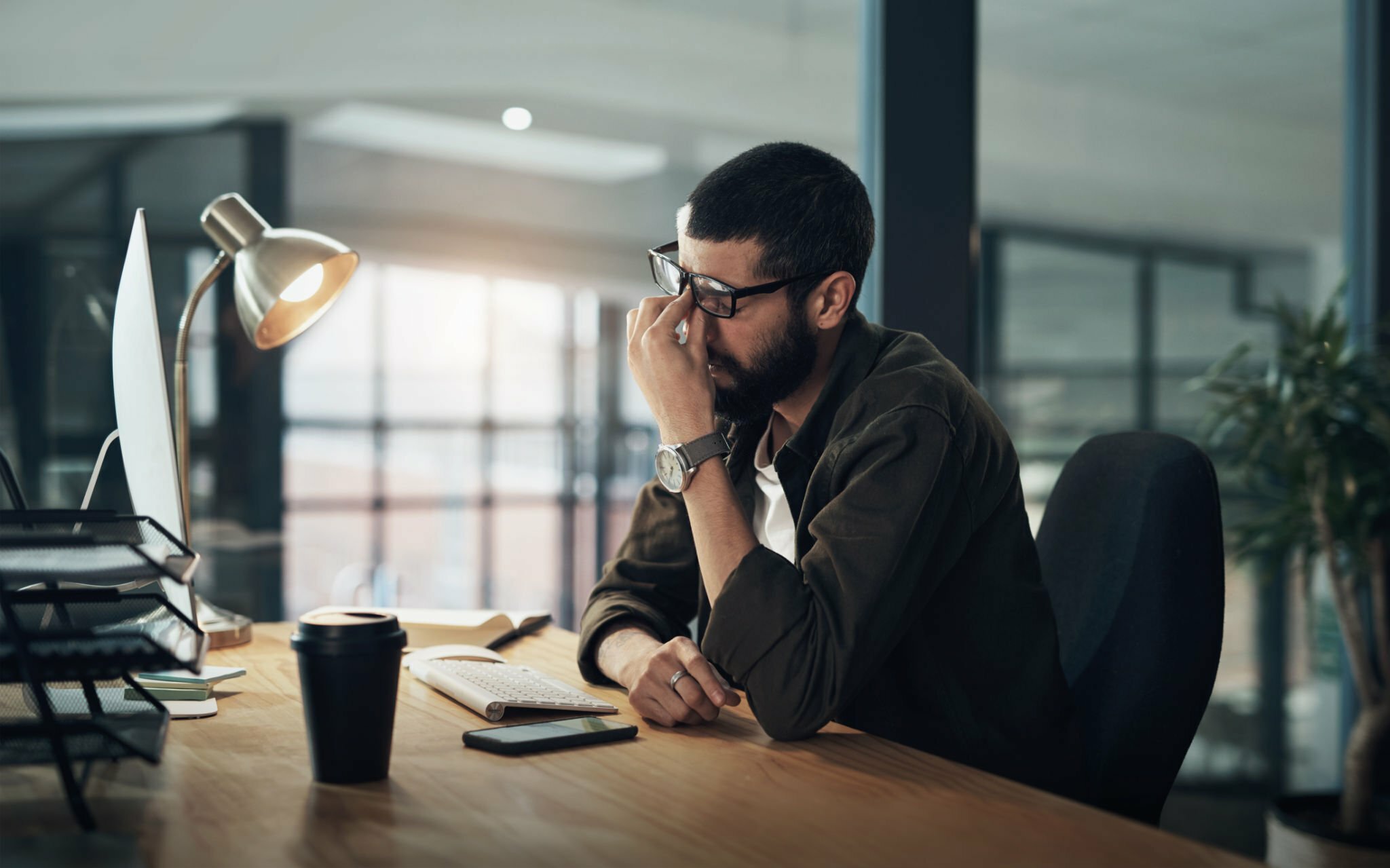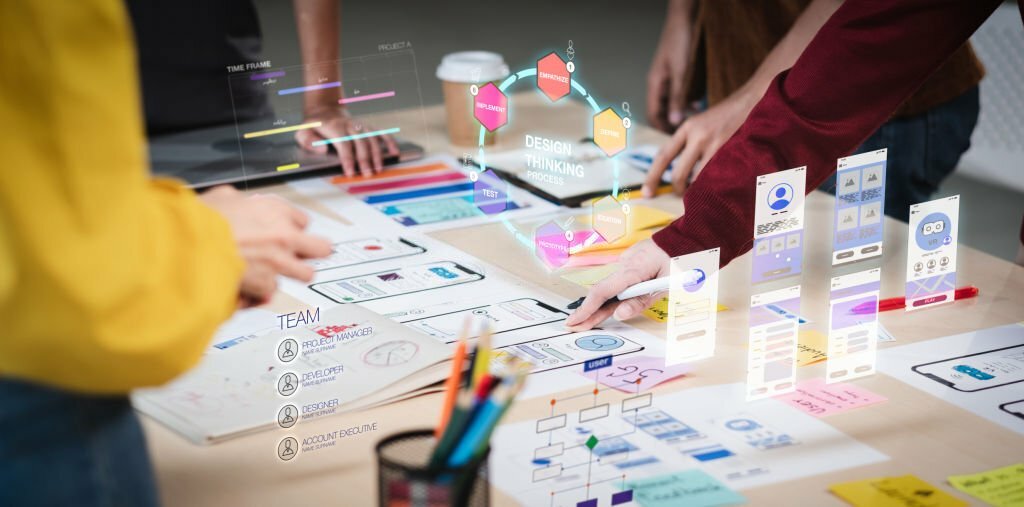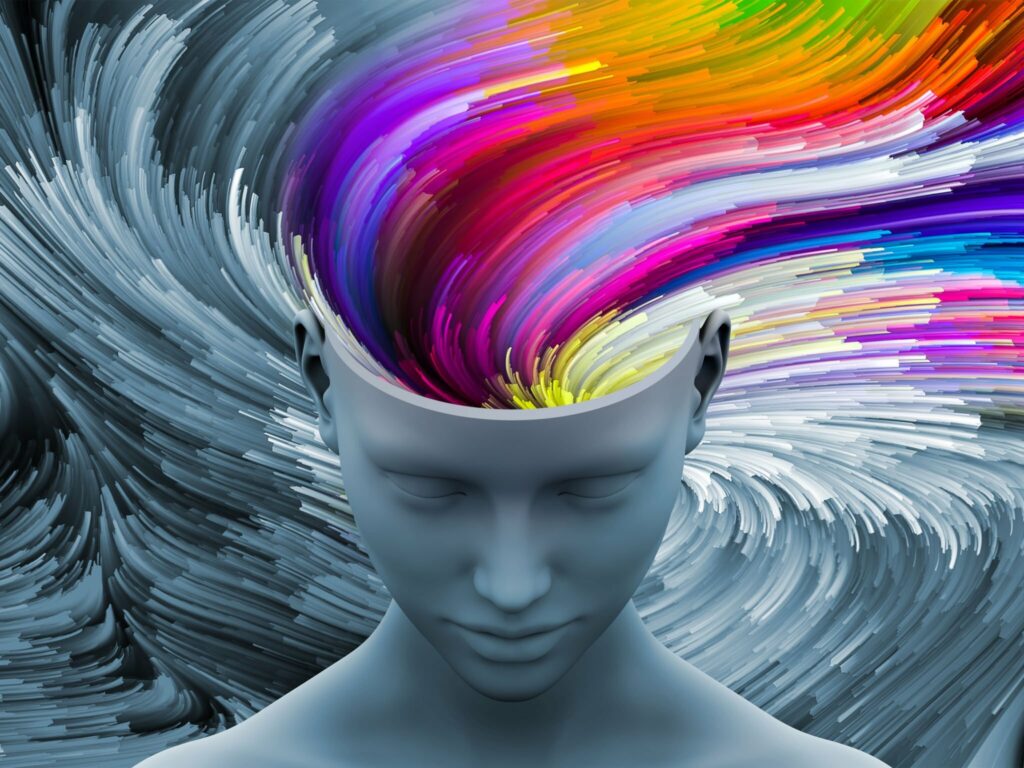Do you ever find yourself wondering how some companies manage to captivate you so well while others fall flat? What if I told you that an in-depth knowledge of human psychology is the key to their success? Those who have mastered the intricacies of web design psychology have a distinct advantage in today’s information-overloaded marketplace.
However, knowing how colors and layout affect people’s actions is like having the keys to unlocking the door to a world of entertaining and user-friendly websites. Whether you’re just starting or have years of experience under your belt, this article will help you gain a greater understanding of web design psychology, with a focus on the effects of color and layout.
The Psychology of Color 
Colors and emotions
The colors used on a website can greatly affect the way visitors feel. They have the potential to affect how people view and use your website.
Simply put, colors have a significant effect on how we feel and act. The development of an effective website requires an awareness of the psychological impact of color. It can be utilized to make the user feel a certain way, make a connection, or focus their attention.
Color psychology is the study of color as a means of influencing how people react to visual stimuli and is widely employed in the fields of design and marketing.
Here’s a breakdown of some common color associations:
- Red: excitement, passion, urgency
- Blue: Trust, tranquility, professionalism
- Yellow: optimism, warmth, clarity
- Green: nature, health, growth
- Purple: creativity, luxury, wisdom
- Orange: energy, enthusiasm, youthfulness
As a web designer, understanding these color-emotion relationships can help you craft the right emotional experience for your audience. For instance, an e-commerce website may use red to create a sense of urgency during a flash sale. In contrast, a health blog might use green to convey a calming and reassuring atmosphere.
Color Harmony
Choosing the right color palette is crucial. On the color wheel, colors that are opposite one another are said to be complementary, which can create a vibrant and eye-catching design. In contrast, analogous colors (those next to each other) can provide a more harmonious and calming feel. For beginners, using color harmony tools and color scheme generators can be incredibly helpful.
The Impact of Layout

An organized layout that makes your website’s contents understandable and simple to find greatly enhances the enjoyment of browsing it.
An engaging website is visually pleasing, has intuitive navigation, and provides consistent direction to its users.
The following are four common layout patterns and how they can improve the user experience:
F-Shaped Pattern
Eye-tracking studies have shown that users often read web content in an F-shaped pattern. It means they scan horizontally across the top, then move down and scan horizontally again, creating an “F” shape on the page. Knowing this, web designers can strategically place essential information and calls to action along this pattern to increase user engagement.
Grid Layouts
Grid layouts offer structure and organization to your website. For beginners, using a grid system like Bootstrap can simplify the layout process. Grids can help maintain alignment and consistency by adapting your website’s layout to fit various screen widths on various devices.
Z-pattern
The Z-pattern is another common scanning strategy in which readers move from left to right and then back again. For websites with fewer components, this layout works well since it allows the user to concentrate on the most important details.
Asymmetrical
A more modern and adventurous approach, asymmetrical layouts reject conventional wisdom in favor of an innovative and fascinating user experience. However, they should be used with caution because improper implementation can make navigation difficult.
Your website’s goals and the type of content should inform your choice of layout design. You may create a layout that is both visually appealing and easy to use if you study the psychology of how users interact with websites.
Universal Design Principles
Accessibility
Web design is considerably more than just looks; it should be accessible to everyone. Your site must work for people of all abilities to view it. This means using sufficient color contrast, providing alt text for images, and creating a logical and intuitive navigation structure.
Mobile-Friendly Design
With the increasing use of smartphones, designing for mobile devices is no longer optional. Experts in web design emphasize the importance of responsive design. Your layout should adapt seamlessly to different screen sizes, ensuring a positive user experience for everyone.
Testing and iteration
Testing and iteration are essential components of web design psychology. No matter how knowledgeable you are, you should always seek out user input and data on how your color and layout decisions affect user behavior. Google Analytics and Heatmaps are two tools that can help you learn more about how your website’s visitors utilize it.
Flexibility
Users have varying demands and preferences in terms of how they prefer to consume content, and the design takes this into account. Providing options for how content is shown helps users personalize their experience. And let them change the font, size, and line spacing to make the content more readable. People with low vision or dyslexia will benefit greatly from this.
Low physical effort
The purpose of universal design is to make technology accessible to everyone, regardless of physical or mental limitations. Websites can be made more user-friendly so that less physical effort is needed to complete common tasks.
All buttons, forms, and everything can be navigated with only the keyboard. The site should be easily navigable even without the use of a mouse or touchscreen.
Error handling and feedback
Universal design also involves providing clear feedback to users when errors occur. Whether it’s a form submission error or a missing field in a contact form, the error message should be descriptive and guide how to correct the issue. Additionally, ensure that error messages are presented in an accessible manner for all users, including those using screen readers.
Conclusion
We’ve made a lot of progress; now, let’s summarize.
The web is a dynamic space; therefore, it’s important to monitor changes in both the industry and user preferences. The psychology of color and layout may help you develop user-friendly websites that people will want to return to again and again.
The concepts of web design psychology will continue to change the digital world, enabling countless chances to engage with consumers on a profound level, whether you’re developing a personal blog, an e-commerce platform, or a business website. All the best with your creations!

